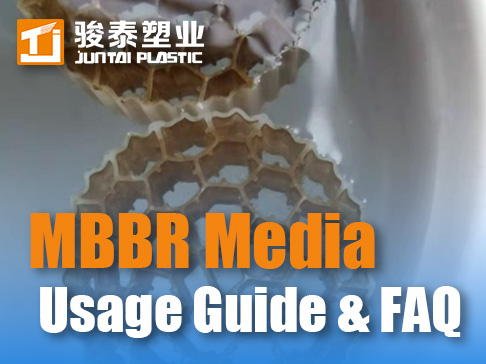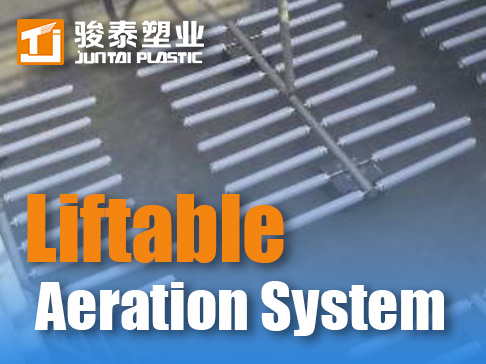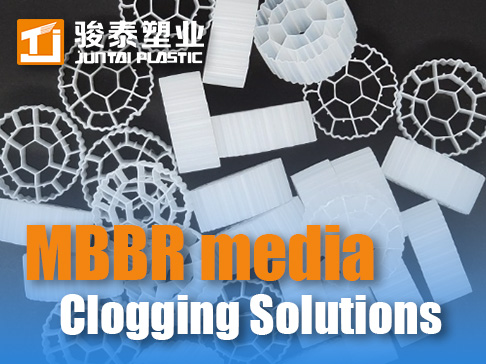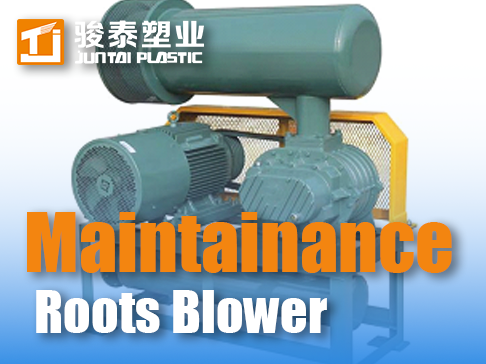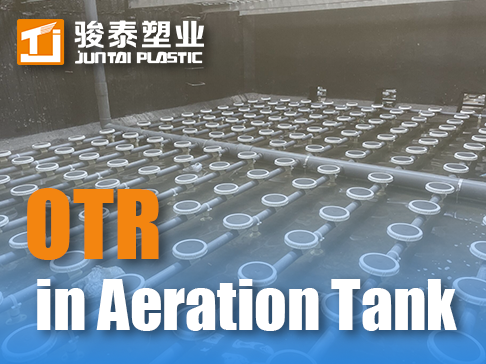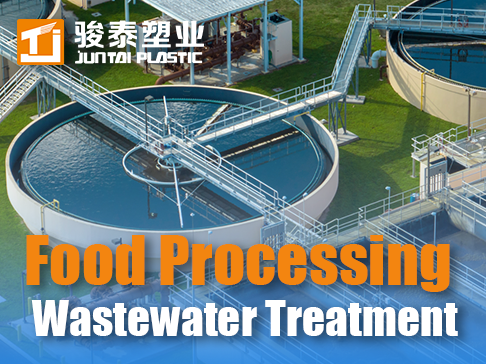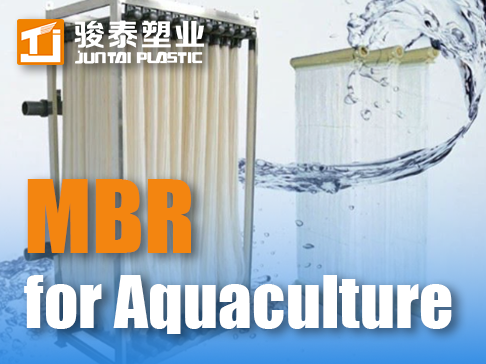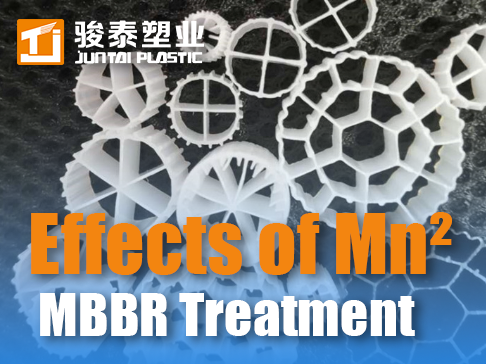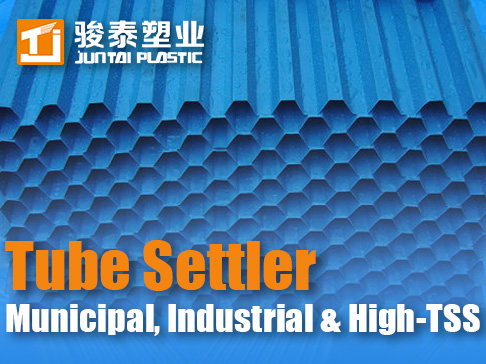 +86 13600513715
+86 13600513715 Aquaculture Aeration Systems: Selection, Optimization & Cost Analysis | Expert Guide
The Ultimate Guide to Selecting Aeration Equipment for Aquaculture: An Expert Perspective
Fundamentals of Aquaculture Aeration: Beyond Oxygen Supply
Aeration systems are the lungs of aquaculture operations—they dissolve oxygen, circulate water, and decompose toxic metabolites. Yet, 60% of aquaculture failures stem from improper aeration design. Unlike municipal wastewater, fish farms demand adaptive aeration strategies that align with species behavior, pond geometry, and diurnal oxygen fluctuations. For instance, shrimp require near-silent bottom aeration to avoid stress, while trout farms need high-surface agitation for gas exchange. This guide synthesizes hydrodynamics, biology, and engineering to optimize aeration selection.
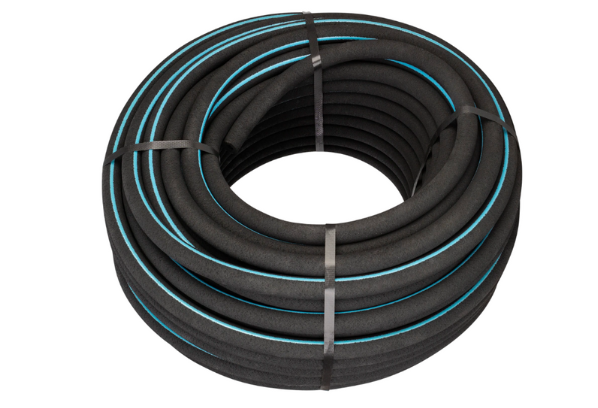
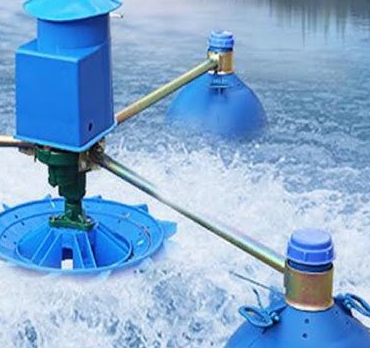
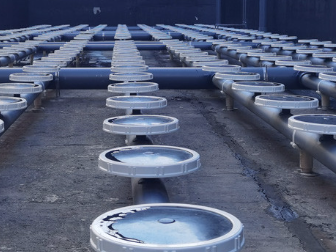
1. Matching Aeration Technologies to Pond Profiles
1.1 Deep-Pond Systems (>2 m Depth)
-
Vortex Blowers (Single/Double Stage):
-
Mechanism: Deliver pressurized air to microporous diffusers at depths >1.7 m.
-
Pressure Requirements: 18–26 kPa for 1–2 m depth; add 10 kPa per additional meter.
-
Best For: Catfish, carp, and tilapia in ponds ≥5 acres.
-
-
Advantages:
-
Create vertical circulation, lifting nutrients from sediments.
-
Reduce feed conversion ratios by 15% via improved digestion.
-
1.2 Shallow or Raceway Ponds (<1.5 m Depth)
-
Paddlewheel Aerators:
-
Design: 1–5 HP motors with SS304/HDPE frames; blade angles optimized for splash distance.
-
Oxygen Transfer: 1.7–2.2 kg O₂/kWh versus 3.0+ kg O₂/kWh for fine-bubble systems.
-
Placement: Position diagonally to maximize flow convergence and avoid dead zones.
-
1.3 High-Density Intensive Culture (Shrimp/Prawn)
-
Microporous Diffusers + Roots Blowers:
-
Configuration: "Field-grid" PVC/nano-tube layout (spacing: 4–6 m between pipes).
-
Performance: Increase bottom DO by 1.5–2.0 mg/L, suppressing H₂S and NH₃.
-
2. Critical Selection Parameters & Calculation Methods
2.1 Oxygen Demand Estimation
| Species | O₂ Requirement (kg/hr/ton) | Peak Demand Period | Aeration Intensity |
|---|---|---|---|
| Shrimp | 0.8–1.2 | Pre-dawn (3–5 AM) | 1.5 kW/acre |
| Salmonids | 1.5–2.0 | Post-feeding | 2.0–3.0 kW/acre |
| Tilapia | 0.5–0.7 | Summer afternoons | 1.0–1.5 kW/acre |
2.2 Hardware Sizing Protocol
-
Calculate Total O₂ Demand:
-
Example: 10-ton shrimp pond needs 10 kg O₂/hr at peak.
-
-
Select Aerator Efficiency:
-
Fine-Bubble Diffusers: 3.0 kg O₂/kWh
-
Paddlewheels: 1.8 kg O₂/kWh
-
-
Determine Power:
-
Diffusers: 10 kg ÷ 3.0 kg/kWh = 3.33 kW
-
Add 25% safety margin → 4.16 kW Roots blower.
-
3. Installation & Maintenance: Preventing Critical Failures
3.1 Diffuser-Specific Best Practices
-
Anti-Clogging Measures:
-
Install inlet air filters (PM10 removal) on blowers.
-
Flush microporous tubes quarterly with 5% oxalic acid.
-
-
Depth Optimization:
-
Suspend diffusers 15 cm above sediment to prevent sludge intrusion.
-
3.2 Energy & Cost Control
-
Hybrid Aeration:
-
Combine paddlewheels (surface) + diffusers (bottom) to cut energy use by 30%.
-
-
Smart Controls:
-
Use IoT-enabled DO probes to trigger aeration only when levels drop below 4 mg/L.
-
4. Economic & Operational Comparison of Aeration Systems
Table: Aeration Technologies Performance Benchmark
| Parameter | Vortex Blower + Diffusers | Paddlewheel | Surface Venturi |
|---|---|---|---|
| O₂ Transfer (kg/kWh) | 2.8–3.5 | 1.7–2.2 | 1.0–1.5 |
| Depth Compatibility | >0.5 m (unlimited max) | <2.0 m | <1.3 m |
| Noise Level | 75–85 dB (blower) | 85–95 dB | <70 dB |
| Maintenance Cost | $0.02/m³/year | $0.05/m³/year | $0.03/m³/year |
| Best Application | High-density, deep ponds | Large surface ponds | Hatcheries, sensitive species |
5. Future-Proofing: Trends in Sustainable Aeration
-
Solar Hybridization:
-
Solar-powered paddlewheels reduce grid dependence by 70% in tropical zones.
-
-
Self-Cleaning Nanotubes:
-
Micro-vibration membranes resist biofouling, extending service life to 5+ years.
-
-
AI-Driven Optimization:
-
Predictive algorithms adjust aeration based on weather, feeding schedules, and biomass.
-
Conclusion: Systems Thinking for Maximum ROI
Aquaculture aeration transcends equipment selection—it integrates species biology, pond hydraulics, and energy economics. Deep ponds thrive with vortex blowers and micro-diffusers, while paddlewheels dominate large shallow basins. Emerging solar and AI technologies will slash operational costs by 40–50%. Prioritize scalability: Start with modular diffusers for small ponds and add paddlewheels as farms expand.




